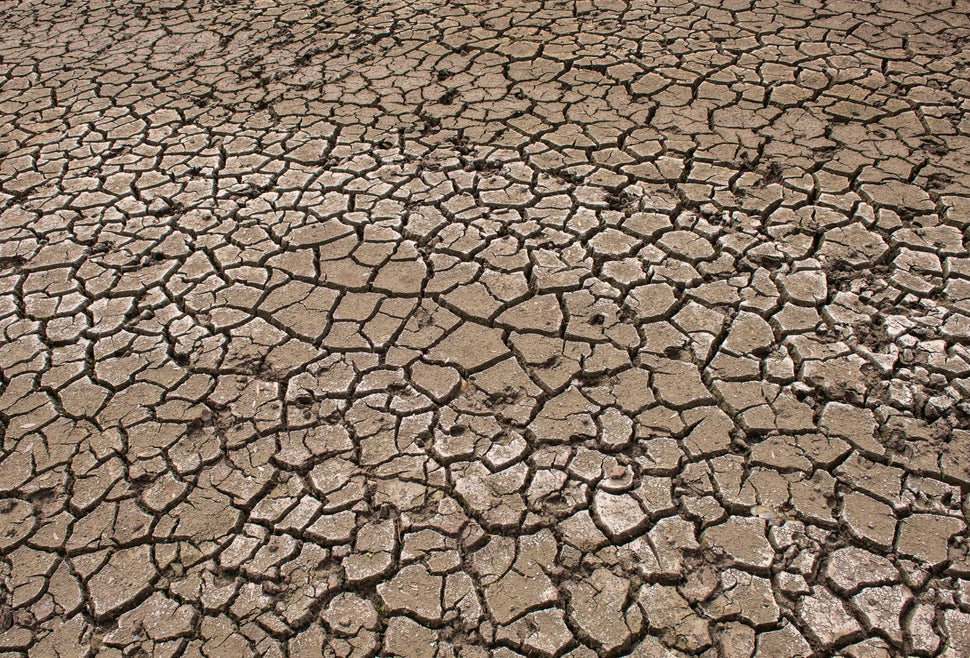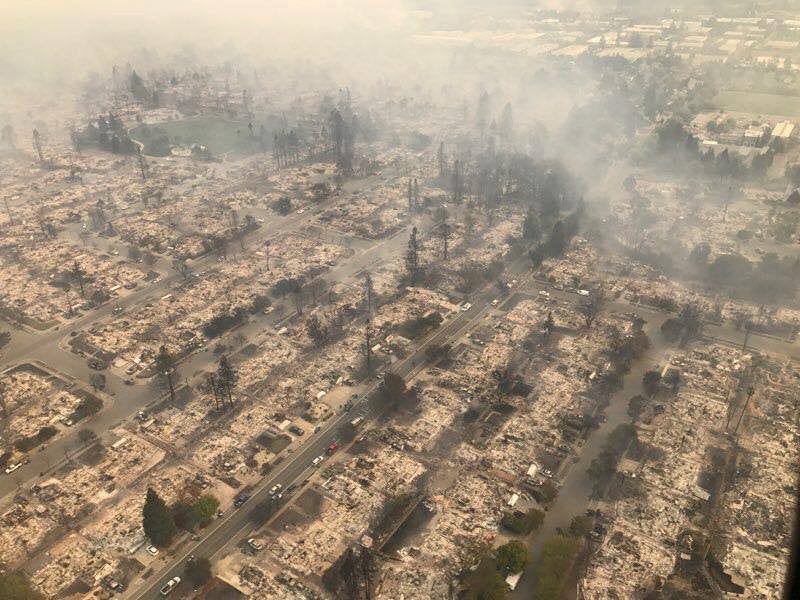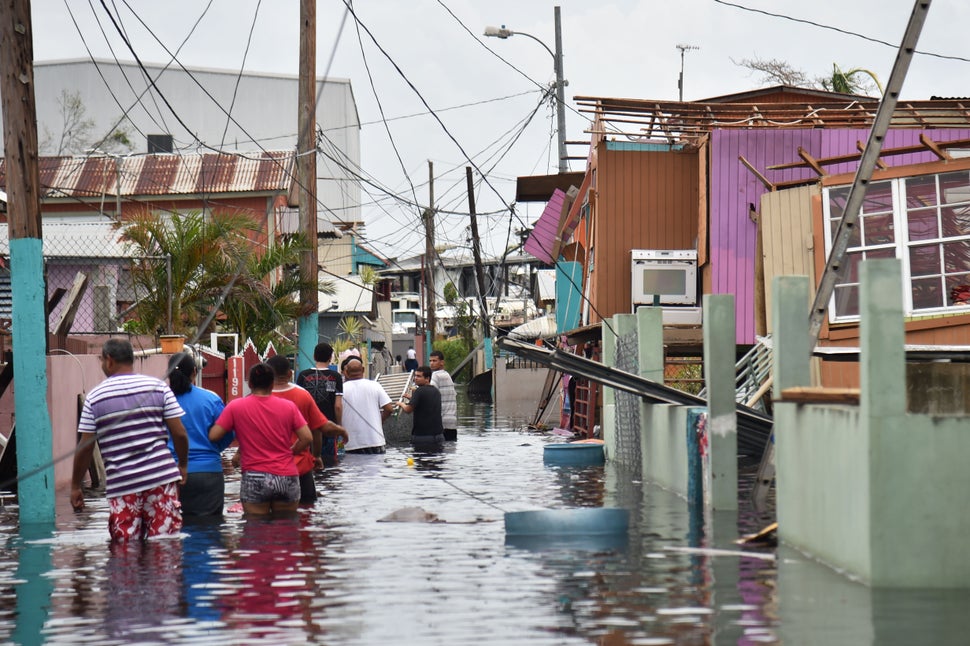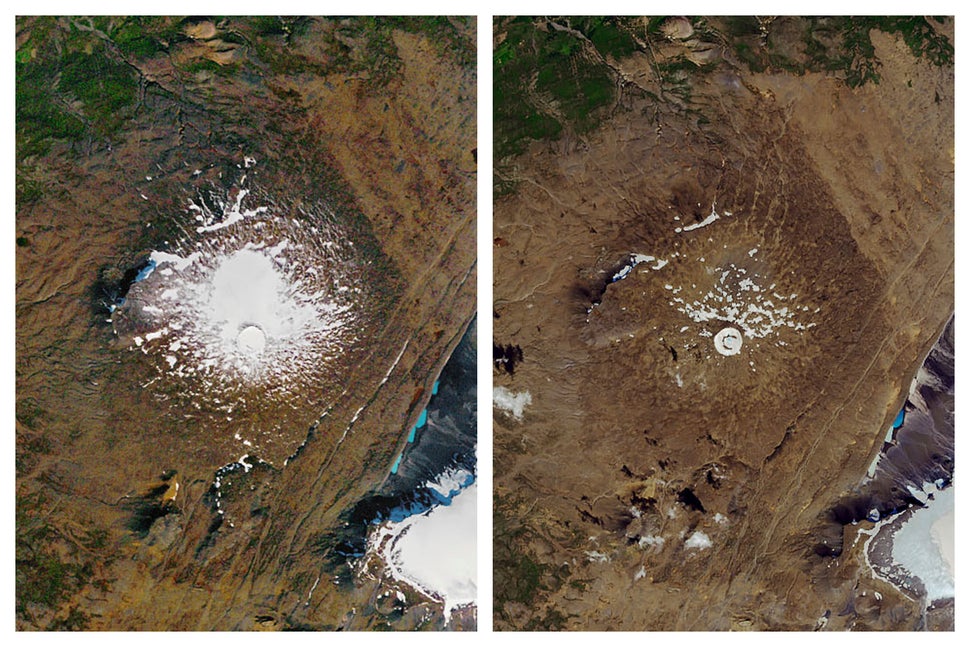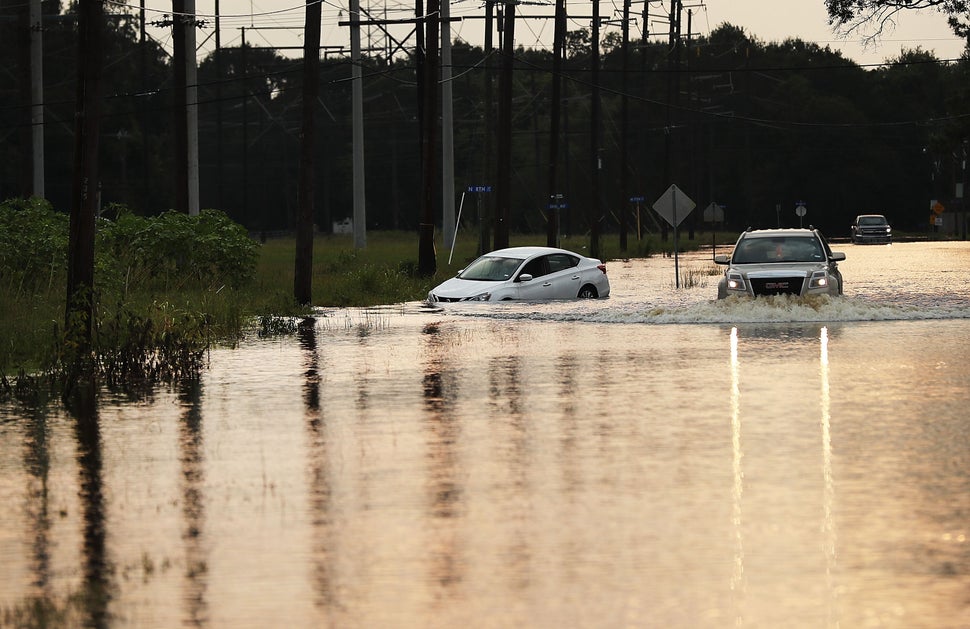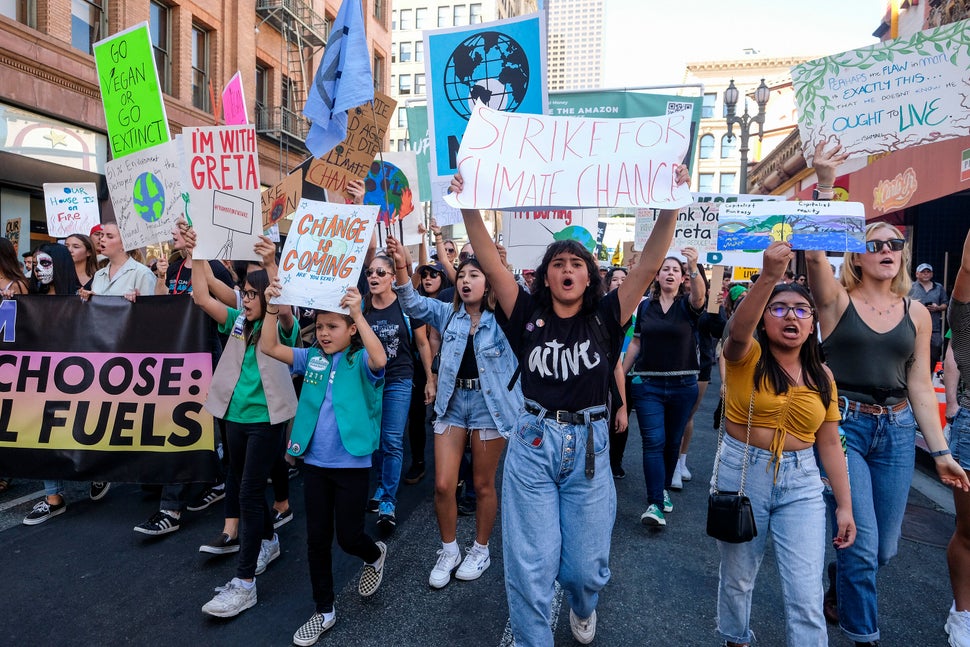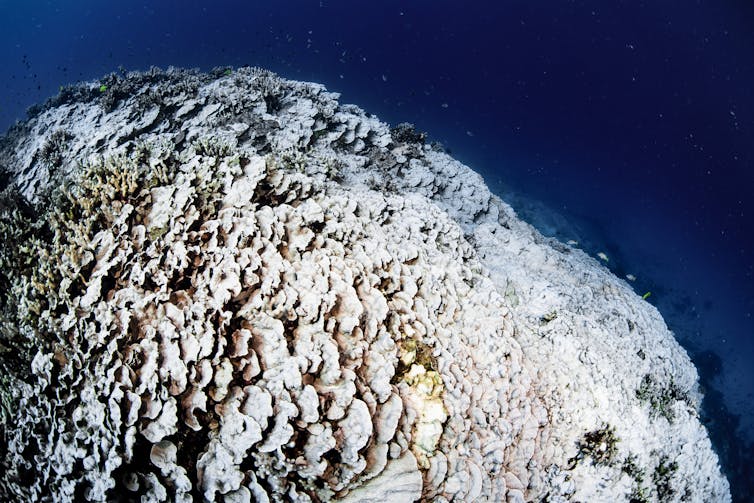As our debacles in Vietnam and Iraq demonstrate, expert consensus is not always a recipe for success. Perhaps it should come as no surprise that American policy toward Ukraine has also been steeped in illusions.
By George Beebe, December 22, 2019

THE WAR between Ukraine, Russia and Russian-backed separatists in Ukraine’s Donbass region has reached its sixth year. So far, it has claimed some thirteen thousand lives and displaced millions of people. It threatens to create an unstable line of long-term confrontation between Russia and the West dividing the heart of central Europe, or even spiral into a broader conflict. With so much at stake, are American government experts on Ukraine vigorously debating how to handle this daunting challenge more effectively? Not a chance.
The lack of any significant contention about Ukraine is reflected in the term groupthink, which first entered our political lexicon in the 1970s, when American policymakers and academics struggled to understand why the national security elite’s conventional wisdom about the war in Vietnam turned out to have been so wrongheaded. The term’s popularity enjoyed a fresh vogue in the wake of the Iraq wmd debacle, when numerous postmortems determined that analysts had been so convinced that Saddam Hussein was hiding stockpiles of chemical and biological weapons that they “simply disregarded evidence that did not support their hypotheses.” The few policy advisors who attempted to warn the White House that the destruction of Baathist Iraq would also destroy the balance of power in the Persian Gulf—vital to containing Iran—were shown the door. But seldom has contemporary evidence of groupthink been on such stark public display as during the House impeachment hearings regarding Ukraine.
The star witnesses testifying in the hearings may have differed over the central question of whether the U.S. president delayed American military assistance in order to press for inappropriate political favors, but they all sang from the same sheet of music about the challenge that the United States is facing in Ukraine. Ukraine, they agreed, is “on the frontlines of a strategic competition between the West and Vladimir Putin’s revanchist Russia” and therefore must have robust U.S. backing. They described this competition as in part a military struggle that requires continuing flows of American military assistance for Kyiv: “We are fighting Russia in Ukraine so that we do not have to fight Russia in the United States.” But they also see it as ideological. A “free and democratic Ukraine” is a natural ally for “the United States and Western-style Liberalism,” according to these experts. Ambassador Kurt Volker, the U.S. special envoy to Ukraine, best articulated this consensus view:
[The U.S. national interest in Ukraine] meant pushing back on Russian aggression and supporting the development of a strong, resilient, democratic and prosperous Ukraine—one that overcomes a legacy of corruption and becomes integrated into a wider trans-Atlantic community. This is critically important for U.S. national security. If Ukraine, the cradle of Slavic civilization predating Moscow, succeeds as a freedom-loving, prosperous and secure democracy, it gives enormous hope that Russia may one day change—providing a better life for Russian people, and overcoming its current plague of authoritarianism, corruption, and aggression toward neighbors and threats to NATO allies and the United States. The stakes for the United States in a successful Ukraine could not be higher.
THE LOGIC seems so reasonable as to be beyond any debate. And if we are to believe the witnesses, it is beyond debate. They testified that there has long been a bipartisan interagency consensus on all these points, and their clear implication is that because there is a strong consensus, these views must be correct. The National Security Council staff’s director for Ukraine, Alexander Vindman, put it this way: “The National Security Council’s consensus view tends to be the best, most informed judgment across … the U.S. government.” He referred explicitly to this interagency consensus almost three dozen times in the course of his testimony, warning against departures from it.
Even more fundamentally, however, there are cleavages within Ukrainian society itself regarding Russia and the West. The closer Ukraine comes to joining the transatlantic community, the more Russian-speakers in its eastern regions will push back against Kyiv; the closer Ukraine comes to joining Russia-dominated arrangements in the east, the more Ukrainian nationalists in its western regions will resist. Moscow did not create the separatist movements in Ukraine’s Donbass region from whole cloth, just as Washington did not create the earlier Maidan uprising. Any approach to Ukraine rooted in the belief that the country as a whole can be pulled into the exclusive orbit of either the West or Russia will fail.
The corollary to this assumption is the belief that U.S. military support for Ukraine deters Russian aggression and increases the likelihood of peace. Our approach to Georgia in 2008 was based on a similar assumption. Convinced that Russia had designs on Georgian territory, we stepped up military assistance to Tbilisi, declared that Georgia would one day become a NATO member, and warned Moscow repeatedly against aggression, believing that this firm support for Georgia would prevent a war. In fact, it inadvertently encouraged one. The Kremlin grew alarmed by the prospect of NATO expansion; Georgian president Mikheil Saakashvili grew convinced that his country was so important to Washington that he could retake the separatist enclave of South Ossetia by force without fear of American abandonment, despite explicit U.S. warnings against such a course. The result was a war that Georgia lost decisively.
THE CONFLICT was not the first time that U.S. experts have badly misread foreign intentions and miscalculated what would deter aggression. Dean Acheson described in his memoirs another noteworthy example of a mistaken mindset among American experts in the run-up to Japan’s attack on Pearl Harbor:
Everyone in the Department – and in the government generally – misread Japanese intentions. This misreading was not of what the Japanese military government proposed to do in Asia, not of the hostility our embargo would excite, but of the incredibly high risks General Tojo would assume to accomplish his ends. No one in Washington realized that he and his regime regarded the conquest of Asia not as an accomplishment of an ambition but as the survival of the regime. It was a life-and-death matter to them. They were absolutely unwilling to continue in what they regarded as Japan’s precarious position surrounded by great and hostile powers – the United States, the Soviet Union, and a possibly revived and restored China.
It constitutes a repetition of those errors today to assume that Putin regards the war in Ukraine as a discretionary ambition rather than as an imperative linked to the survival of Russia itself. The interagency belief that we can change Russia’s approach by making its continuation of the war more costly and more painful fails to account for this reality.
The third assumption is one that has been central to American foreign policy thinking since the collapse of the Soviet Union—the notion that U.S. security can and must be based on a transformational agenda abroad, one that attempts to change the internal governance and political cultures of foreign states so that they become freer, more democratic, more Western and, therefore, less likely to go to war with us or each other. The interagency consensus asserts that transforming Ukraine (and ultimately, as Volker suggests, transforming Russia) in the image of the United States not only will provide Ukrainians with better and more prosperous lives, but it will make Europe and the United States more united and more secure.
This belief underpins our chronic tendency to view U.S. interests in Ukraine as little more than a function of its progress along a continuum stretching from authoritarianism to free-market democracy. Are Ukrainian elections getting freer and fairer, or are they becoming less democratic? Is corruption lessening or increasing? Is the rule of law solidifying or foundering? We ask such questions to determine whether Ukraine and its leaders are proceeding on the right (pro-Western) or wrong (pro-Russian) track. Americans have grown so accustomed to viewing foreign states through such a lens that they cannot recall a time when we used any other prism for understanding developments or formulating U.S. policy.
But it should have dawned upon our national security establishment long ago that it takes much more than holding free and fair elections, firing corrupt officials and passing reformist legislation in order to transform foreign polities that are mired in dysfunctional post-Communist patronage politics. Such transformation is beyond America’s ability to effect. And it should also have been evident to these experts that would-be recipients of American largesse have become quite skilled at playing upon America’s hopes for democratization in order to attract U.S. political support and win assistance aid.
Basing U.S. foreign policy on such a transformational agenda has done little to advance vital American interests, but it has proved to be a good recipe for getting stuck in a perpetual cycle of elevated hopes and dashed expectations. It has entangled us in factional infighting in foreign political cultures that we do not adequately understand, and it has made us ripe for manipulation by cynical foreign political operators. The competing claims made to U.S. representatives by rival Ukrainian factions about meddling in our 2016 election, the inclusion of Hunter Biden on Burisma’s board of directors and the jocund suggestion to Vindman that he become Ukraine’s defense minister are all too reflective of this problem.
What is striking about our current interagency consensus is not just that it is failing. More disturbingly, those who adhere to its tenets seem to be incapable of imagining that there might be any other valid ways of understanding and responding to the challenges we face in Ukraine and Russia. And because they cannot conceive of a legitimate alternative, they are quick to anathematize deviation from their conventional wisdom. They cast anyone who thinks otherwise as either ill-informed, ill-intentioned or ill-served by false Russian narratives.
THE TRUTH is that the United States does have a sensible alternative to its current approach to Ukraine. Neither Washington nor Moscow is currently in any position to consider grand bargains over Europe’s security architecture, despite the fact that their clashing views of this broader question lie at the root of the conflict in Ukraine. But we could certainly entertain a more modest approach that assures Moscow that Ukraine is not and will not be a candidate for NATO membership, while also preserving Kyiv’s freedom to seek its preferred economic and political associations. This would not only facilitate détente in the broader U.S.-Russian relationship, but it would also expand the space for liberalization inside Ukraine, because it would reduce the geopolitical stakes of Ukraine’s internal reforms. Such an approach would not be a reward for Russian aggression, nor would it be a cynical bargain struck over the heads of the Ukrainian people. It would simply and pragmatically reflect the uncomfortable realities we face in Ukraine and Russia.
It is entirely unsurprising that the government experts in the impeachment hearings share a common set of analytic assumptions and policy beliefs. For bureaucrats, group consensus enhances job security and helps professional advancement. Challenging the conventional wisdom is seldom rewarded when annual performance reviews are written, and when consensus policies fail, that failure is collective rather than individual. There is safety in numbers; blame that is shared by everyone is in effect attributed to no one.
But for our broader national interests, groupthink can undermine security. It did in Vietnam. It did in Iraq. It did in Georgia in 2008. And it is doing it again today, in Ukraine.
George Beebe is Vice President and Director of Studies at the Center for the National Interest, and former head of Russia analysis at the Central Intelligence Agency.
[ Read More ]
By George Beebe, December 22, 2019

THE WAR between Ukraine, Russia and Russian-backed separatists in Ukraine’s Donbass region has reached its sixth year. So far, it has claimed some thirteen thousand lives and displaced millions of people. It threatens to create an unstable line of long-term confrontation between Russia and the West dividing the heart of central Europe, or even spiral into a broader conflict. With so much at stake, are American government experts on Ukraine vigorously debating how to handle this daunting challenge more effectively? Not a chance.
The lack of any significant contention about Ukraine is reflected in the term groupthink, which first entered our political lexicon in the 1970s, when American policymakers and academics struggled to understand why the national security elite’s conventional wisdom about the war in Vietnam turned out to have been so wrongheaded. The term’s popularity enjoyed a fresh vogue in the wake of the Iraq wmd debacle, when numerous postmortems determined that analysts had been so convinced that Saddam Hussein was hiding stockpiles of chemical and biological weapons that they “simply disregarded evidence that did not support their hypotheses.” The few policy advisors who attempted to warn the White House that the destruction of Baathist Iraq would also destroy the balance of power in the Persian Gulf—vital to containing Iran—were shown the door. But seldom has contemporary evidence of groupthink been on such stark public display as during the House impeachment hearings regarding Ukraine.
The star witnesses testifying in the hearings may have differed over the central question of whether the U.S. president delayed American military assistance in order to press for inappropriate political favors, but they all sang from the same sheet of music about the challenge that the United States is facing in Ukraine. Ukraine, they agreed, is “on the frontlines of a strategic competition between the West and Vladimir Putin’s revanchist Russia” and therefore must have robust U.S. backing. They described this competition as in part a military struggle that requires continuing flows of American military assistance for Kyiv: “We are fighting Russia in Ukraine so that we do not have to fight Russia in the United States.” But they also see it as ideological. A “free and democratic Ukraine” is a natural ally for “the United States and Western-style Liberalism,” according to these experts. Ambassador Kurt Volker, the U.S. special envoy to Ukraine, best articulated this consensus view:
[The U.S. national interest in Ukraine] meant pushing back on Russian aggression and supporting the development of a strong, resilient, democratic and prosperous Ukraine—one that overcomes a legacy of corruption and becomes integrated into a wider trans-Atlantic community. This is critically important for U.S. national security. If Ukraine, the cradle of Slavic civilization predating Moscow, succeeds as a freedom-loving, prosperous and secure democracy, it gives enormous hope that Russia may one day change—providing a better life for Russian people, and overcoming its current plague of authoritarianism, corruption, and aggression toward neighbors and threats to NATO allies and the United States. The stakes for the United States in a successful Ukraine could not be higher.
THE LOGIC seems so reasonable as to be beyond any debate. And if we are to believe the witnesses, it is beyond debate. They testified that there has long been a bipartisan interagency consensus on all these points, and their clear implication is that because there is a strong consensus, these views must be correct. The National Security Council staff’s director for Ukraine, Alexander Vindman, put it this way: “The National Security Council’s consensus view tends to be the best, most informed judgment across … the U.S. government.” He referred explicitly to this interagency consensus almost three dozen times in the course of his testimony, warning against departures from it.
Even more fundamentally, however, there are cleavages within Ukrainian society itself regarding Russia and the West. The closer Ukraine comes to joining the transatlantic community, the more Russian-speakers in its eastern regions will push back against Kyiv; the closer Ukraine comes to joining Russia-dominated arrangements in the east, the more Ukrainian nationalists in its western regions will resist. Moscow did not create the separatist movements in Ukraine’s Donbass region from whole cloth, just as Washington did not create the earlier Maidan uprising. Any approach to Ukraine rooted in the belief that the country as a whole can be pulled into the exclusive orbit of either the West or Russia will fail.
The corollary to this assumption is the belief that U.S. military support for Ukraine deters Russian aggression and increases the likelihood of peace. Our approach to Georgia in 2008 was based on a similar assumption. Convinced that Russia had designs on Georgian territory, we stepped up military assistance to Tbilisi, declared that Georgia would one day become a NATO member, and warned Moscow repeatedly against aggression, believing that this firm support for Georgia would prevent a war. In fact, it inadvertently encouraged one. The Kremlin grew alarmed by the prospect of NATO expansion; Georgian president Mikheil Saakashvili grew convinced that his country was so important to Washington that he could retake the separatist enclave of South Ossetia by force without fear of American abandonment, despite explicit U.S. warnings against such a course. The result was a war that Georgia lost decisively.
THE CONFLICT was not the first time that U.S. experts have badly misread foreign intentions and miscalculated what would deter aggression. Dean Acheson described in his memoirs another noteworthy example of a mistaken mindset among American experts in the run-up to Japan’s attack on Pearl Harbor:
Everyone in the Department – and in the government generally – misread Japanese intentions. This misreading was not of what the Japanese military government proposed to do in Asia, not of the hostility our embargo would excite, but of the incredibly high risks General Tojo would assume to accomplish his ends. No one in Washington realized that he and his regime regarded the conquest of Asia not as an accomplishment of an ambition but as the survival of the regime. It was a life-and-death matter to them. They were absolutely unwilling to continue in what they regarded as Japan’s precarious position surrounded by great and hostile powers – the United States, the Soviet Union, and a possibly revived and restored China.
It constitutes a repetition of those errors today to assume that Putin regards the war in Ukraine as a discretionary ambition rather than as an imperative linked to the survival of Russia itself. The interagency belief that we can change Russia’s approach by making its continuation of the war more costly and more painful fails to account for this reality.
The third assumption is one that has been central to American foreign policy thinking since the collapse of the Soviet Union—the notion that U.S. security can and must be based on a transformational agenda abroad, one that attempts to change the internal governance and political cultures of foreign states so that they become freer, more democratic, more Western and, therefore, less likely to go to war with us or each other. The interagency consensus asserts that transforming Ukraine (and ultimately, as Volker suggests, transforming Russia) in the image of the United States not only will provide Ukrainians with better and more prosperous lives, but it will make Europe and the United States more united and more secure.
This belief underpins our chronic tendency to view U.S. interests in Ukraine as little more than a function of its progress along a continuum stretching from authoritarianism to free-market democracy. Are Ukrainian elections getting freer and fairer, or are they becoming less democratic? Is corruption lessening or increasing? Is the rule of law solidifying or foundering? We ask such questions to determine whether Ukraine and its leaders are proceeding on the right (pro-Western) or wrong (pro-Russian) track. Americans have grown so accustomed to viewing foreign states through such a lens that they cannot recall a time when we used any other prism for understanding developments or formulating U.S. policy.
But it should have dawned upon our national security establishment long ago that it takes much more than holding free and fair elections, firing corrupt officials and passing reformist legislation in order to transform foreign polities that are mired in dysfunctional post-Communist patronage politics. Such transformation is beyond America’s ability to effect. And it should also have been evident to these experts that would-be recipients of American largesse have become quite skilled at playing upon America’s hopes for democratization in order to attract U.S. political support and win assistance aid.
Basing U.S. foreign policy on such a transformational agenda has done little to advance vital American interests, but it has proved to be a good recipe for getting stuck in a perpetual cycle of elevated hopes and dashed expectations. It has entangled us in factional infighting in foreign political cultures that we do not adequately understand, and it has made us ripe for manipulation by cynical foreign political operators. The competing claims made to U.S. representatives by rival Ukrainian factions about meddling in our 2016 election, the inclusion of Hunter Biden on Burisma’s board of directors and the jocund suggestion to Vindman that he become Ukraine’s defense minister are all too reflective of this problem.
What is striking about our current interagency consensus is not just that it is failing. More disturbingly, those who adhere to its tenets seem to be incapable of imagining that there might be any other valid ways of understanding and responding to the challenges we face in Ukraine and Russia. And because they cannot conceive of a legitimate alternative, they are quick to anathematize deviation from their conventional wisdom. They cast anyone who thinks otherwise as either ill-informed, ill-intentioned or ill-served by false Russian narratives.
THE TRUTH is that the United States does have a sensible alternative to its current approach to Ukraine. Neither Washington nor Moscow is currently in any position to consider grand bargains over Europe’s security architecture, despite the fact that their clashing views of this broader question lie at the root of the conflict in Ukraine. But we could certainly entertain a more modest approach that assures Moscow that Ukraine is not and will not be a candidate for NATO membership, while also preserving Kyiv’s freedom to seek its preferred economic and political associations. This would not only facilitate détente in the broader U.S.-Russian relationship, but it would also expand the space for liberalization inside Ukraine, because it would reduce the geopolitical stakes of Ukraine’s internal reforms. Such an approach would not be a reward for Russian aggression, nor would it be a cynical bargain struck over the heads of the Ukrainian people. It would simply and pragmatically reflect the uncomfortable realities we face in Ukraine and Russia.
It is entirely unsurprising that the government experts in the impeachment hearings share a common set of analytic assumptions and policy beliefs. For bureaucrats, group consensus enhances job security and helps professional advancement. Challenging the conventional wisdom is seldom rewarded when annual performance reviews are written, and when consensus policies fail, that failure is collective rather than individual. There is safety in numbers; blame that is shared by everyone is in effect attributed to no one.
But for our broader national interests, groupthink can undermine security. It did in Vietnam. It did in Iraq. It did in Georgia in 2008. And it is doing it again today, in Ukraine.
George Beebe is Vice President and Director of Studies at the Center for the National Interest, and former head of Russia analysis at the Central Intelligence Agency.











